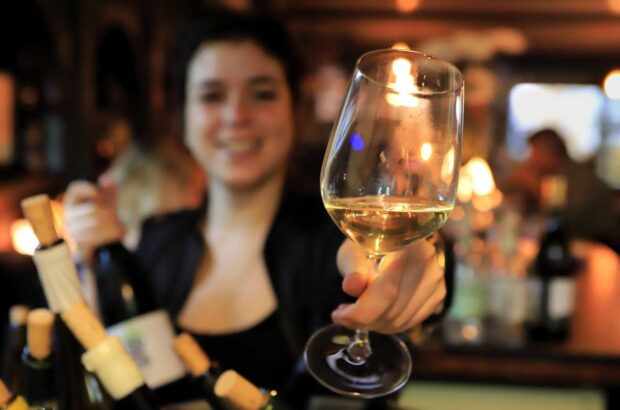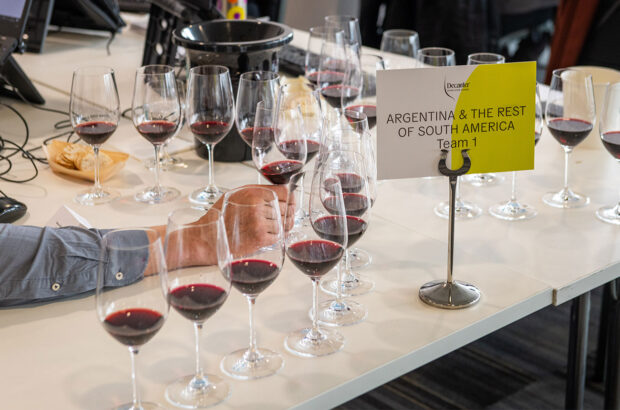The Sauternes 2007 harvest is well underway, but progressing slowly, with the final yield expected to be well below average.
The opening date for Sauvignon Blanc and Semillon grapes in the sweet wine appellations of Barsac and Sauternes was September 10, but most growers are having to spend longer than normal on successive tris – sorting grape by grape in the vineyard – waiting for maturity of the grapes and for the noble rot to develop.
The final yield is expected to be well below average, about 10 hectolitres of grape juice per hectare, about 40% of the amount harvested in 2005. The allowed yield in the appellation is 25hl/ha.
‘The botrytis has been very slow to develop this year,’ Xavier Planty at Chateau Guiraud told decanter.com, ‘perhaps because of treatments to counter the mildew over the summer.’
He added that cold nights in early September stopped any rot that could have formed, and the differences between day and night-time temperatures made for ‘highly aromatic’ grapes.
‘It really is a question of having patience and waiting for the right concentration of botrytis,’ he said.
In Chateau Guiraud, the Semillon grapes are reaching 350-360g of sugar per litre, or 21 degrees potential alcohol. For sweet wines in Bordeaux, a potential of 20 degrees is the minimum for picking.
This slow ripening season seems to be reflected across Bordeaux this year – with the Merlots in Chateau La Rivalerie in Premieres Cotes de Blaye just beginning to be harvested this week, and many estates in Saint Emilion still with Merlots to bring in. ‘It is likely to be November before many estates finish this year,’ said Jerome Bonaccorsi of La Rivalerie.
The lower alcohol has meant that chaptilisation is allowed to add up to 1 degree of alcohol to the grape must (or 1.5 degrees by special dispensation).
Written by Jane Anson in Bordeaux






